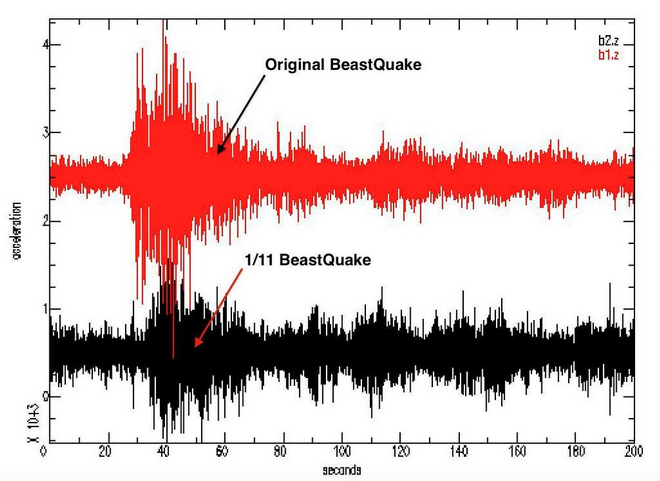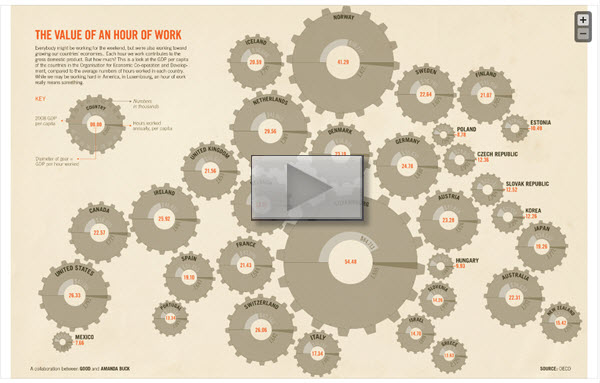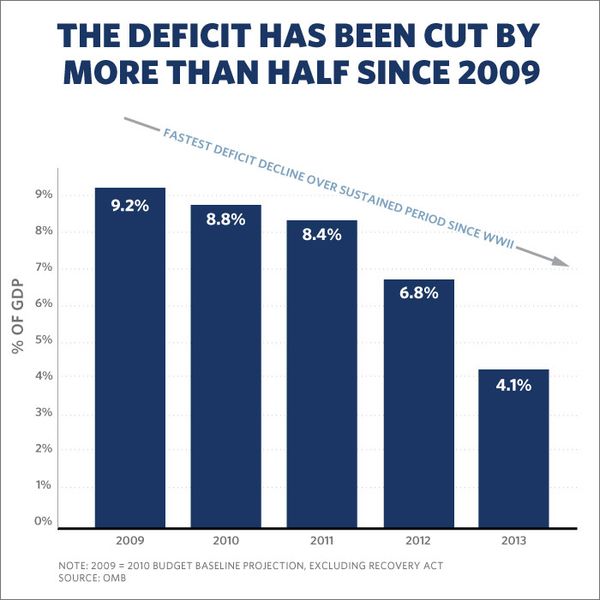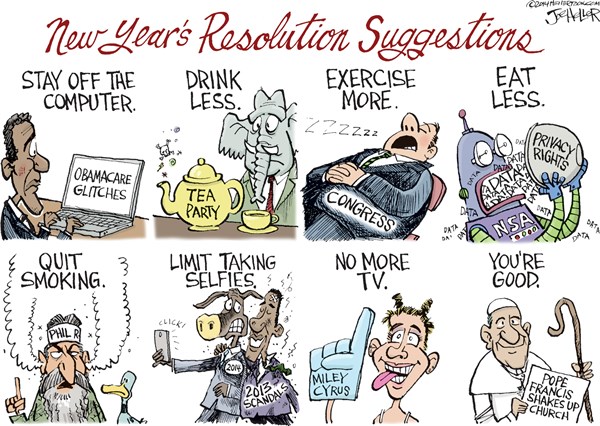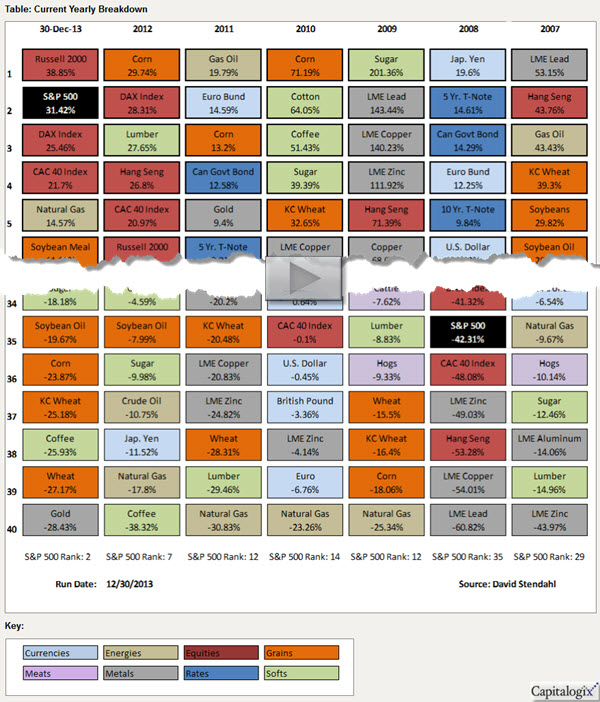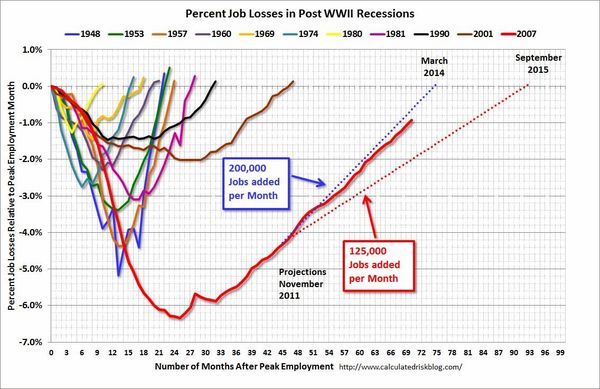Seattle fans made the ground shake during a Seahawks football game, something they are calling the BeastQuake.
Here are some of the posts that caught my eye. Hope you find something interesting.
- Our Final Invention: Is Artificial Intelligence the Defining Issue for Humanity? (HuffPost)
- Look How Many Of Isaac Asimov's Predictions About Robots Are Coming True. (BizInsider)
- A Case for the Private Cloud — Buy Your Underwear, Rent Your Tuxedo. (AllThingsD)
- A Low Tech Solution to a High Tech Problem: Obama’s Portable Zone of Secrecy. (NYTimes)
- How a Dog Learned a Toddler-Level Vocabulary: Border Collie knows 1,000 words. (Newser)
- Congressional Performance. 8% Think Congress Doing a Good or Excellent Job (Rasmussen)
- Where in the World to Invest for a Happy New Year. (TheGuardian)
- PIMCO's Economic Outlook for 2014: Synchronized Optimism. (Pimco)
- Harry Dent's Demographic Cliff. Is Another Crisis Near? (BusinessInsider)
- Income Census Zoomable Map. See If You Make More Money Than Your Neighbors (BI)

